c a s a g o n d o l a
the correct engagement of a site is timeless
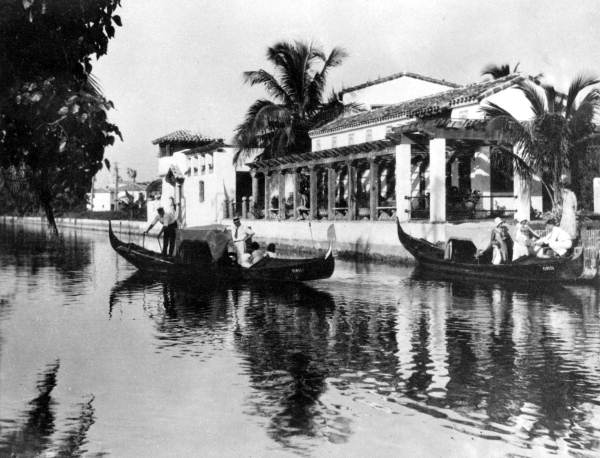
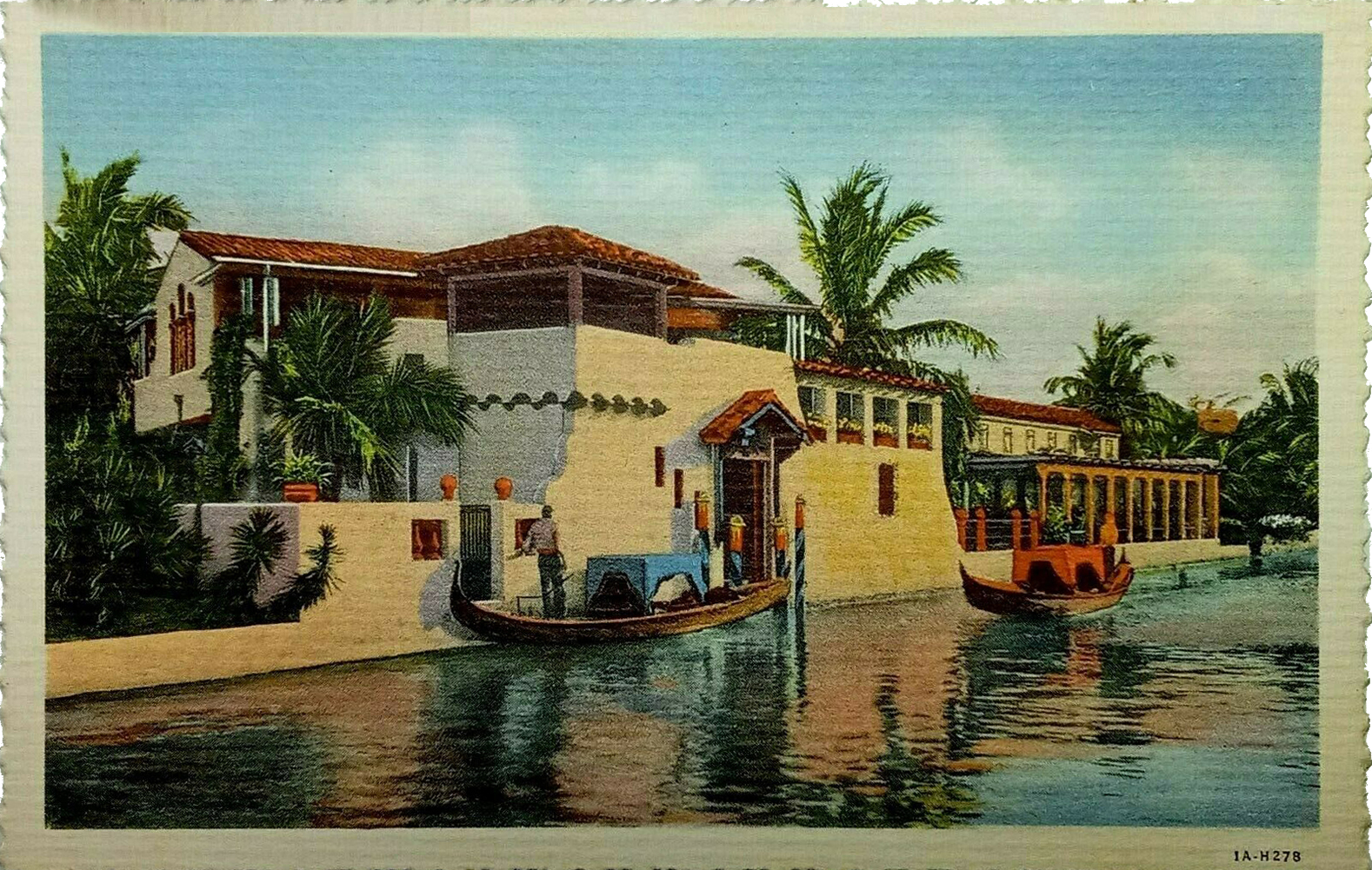
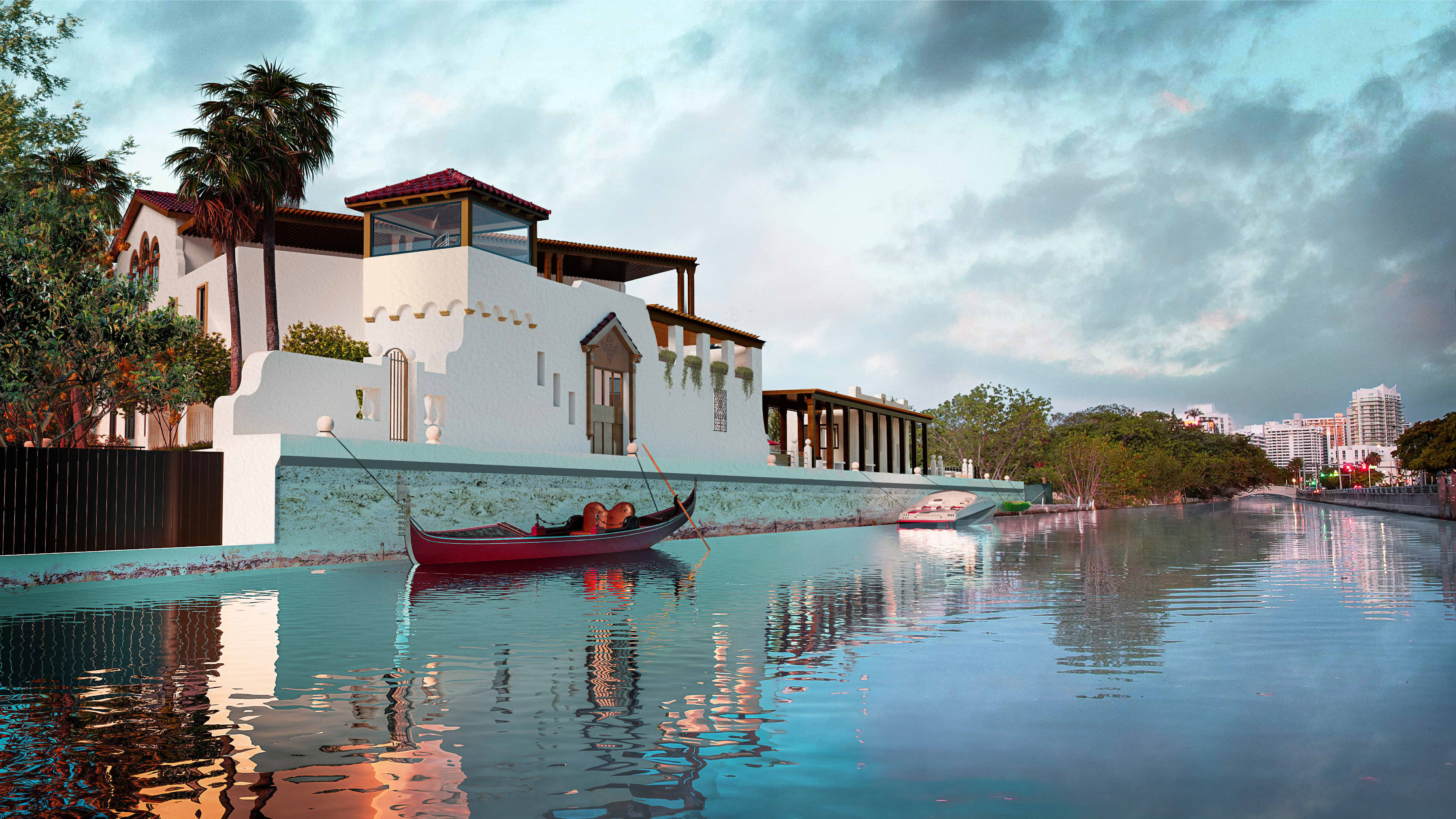
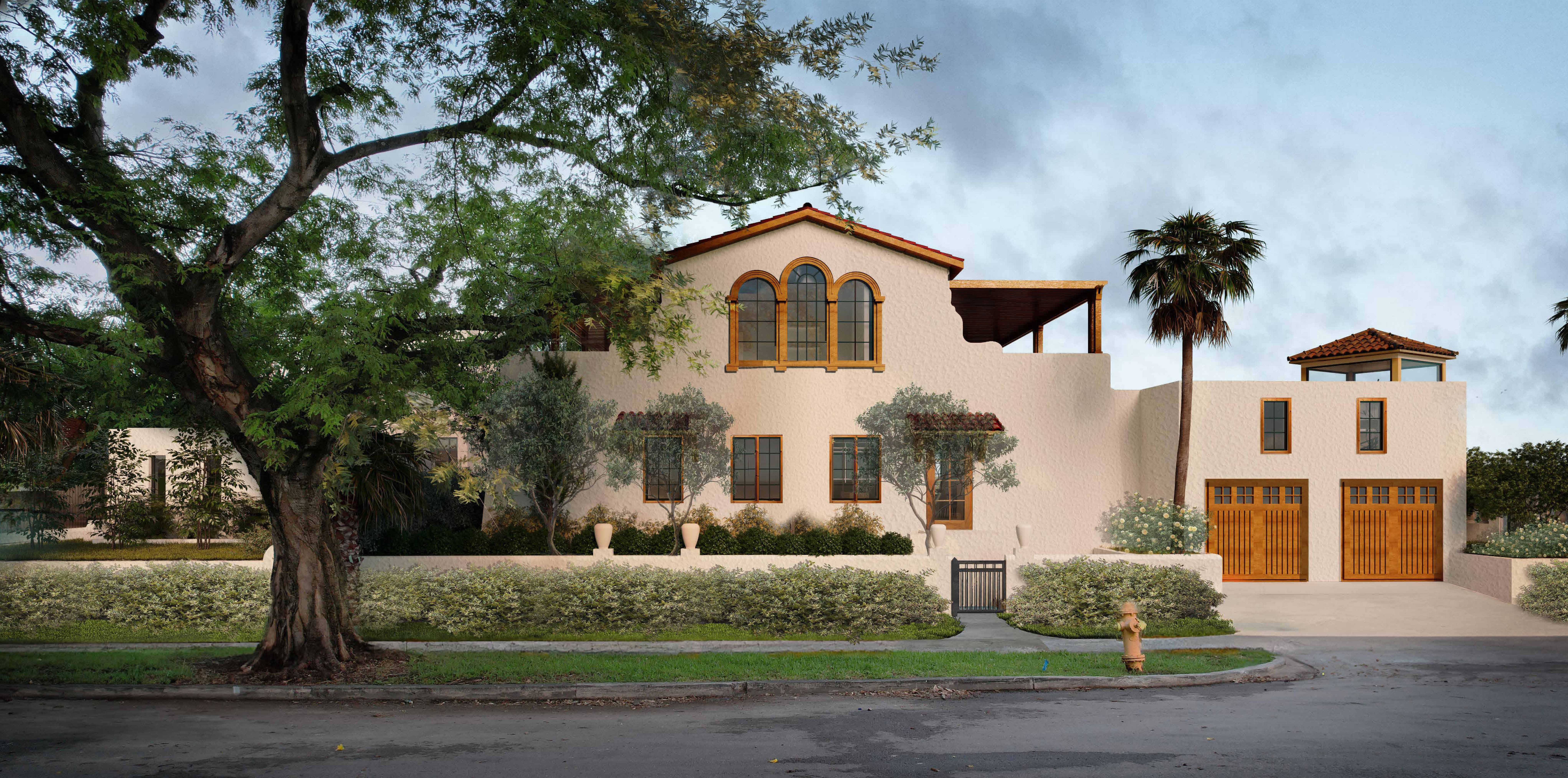

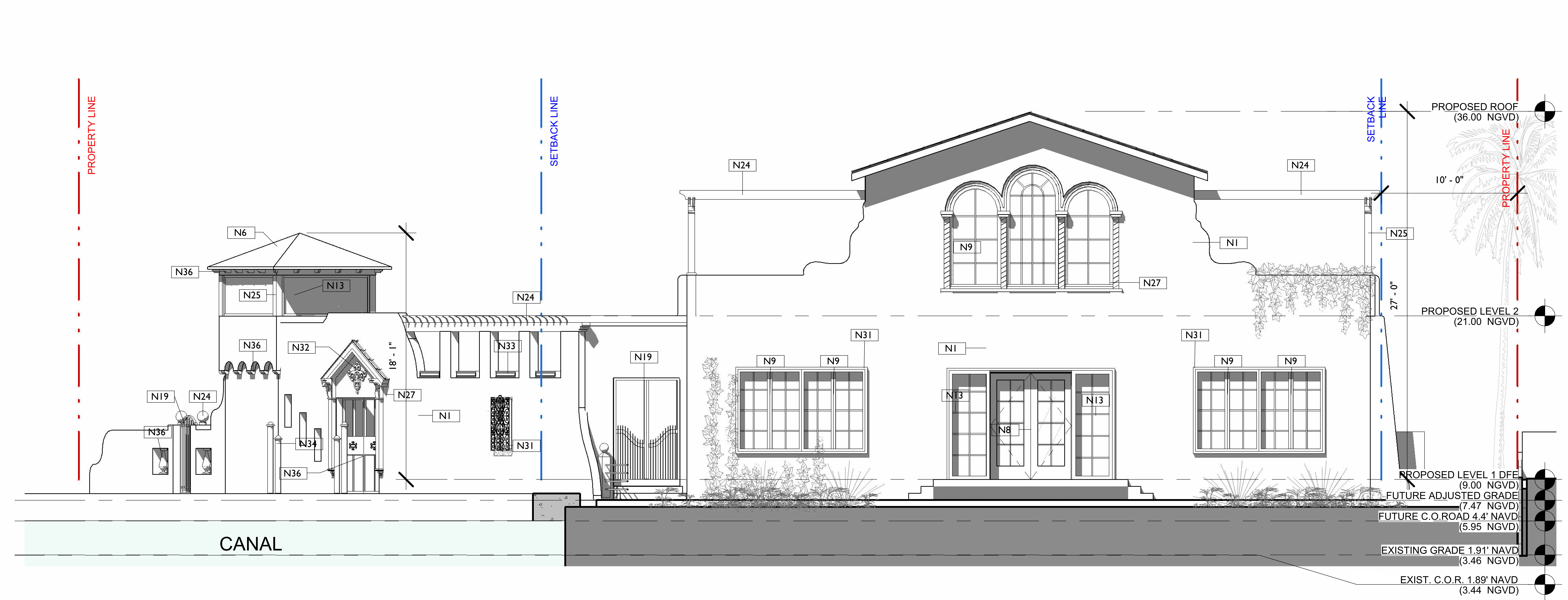
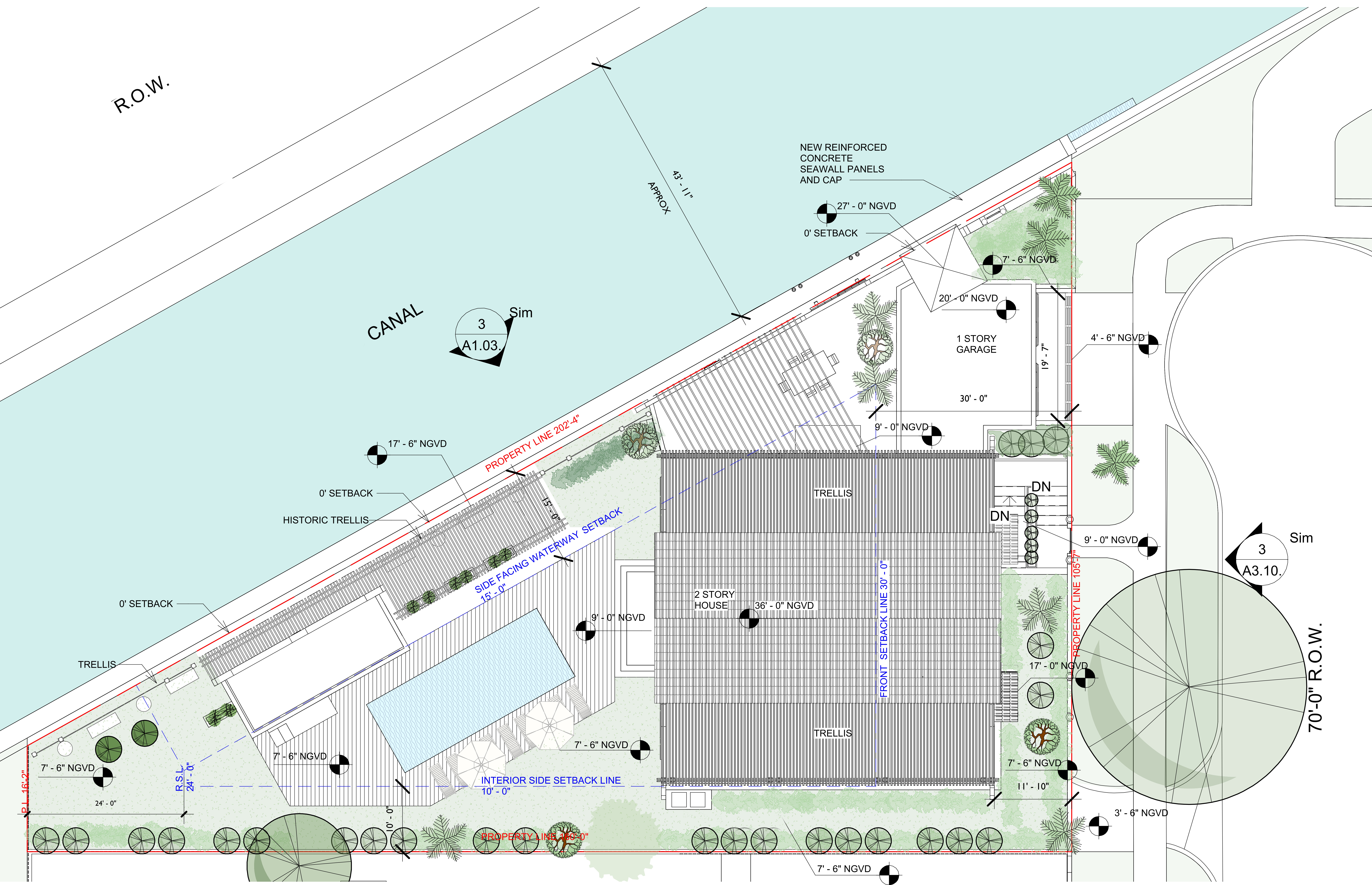
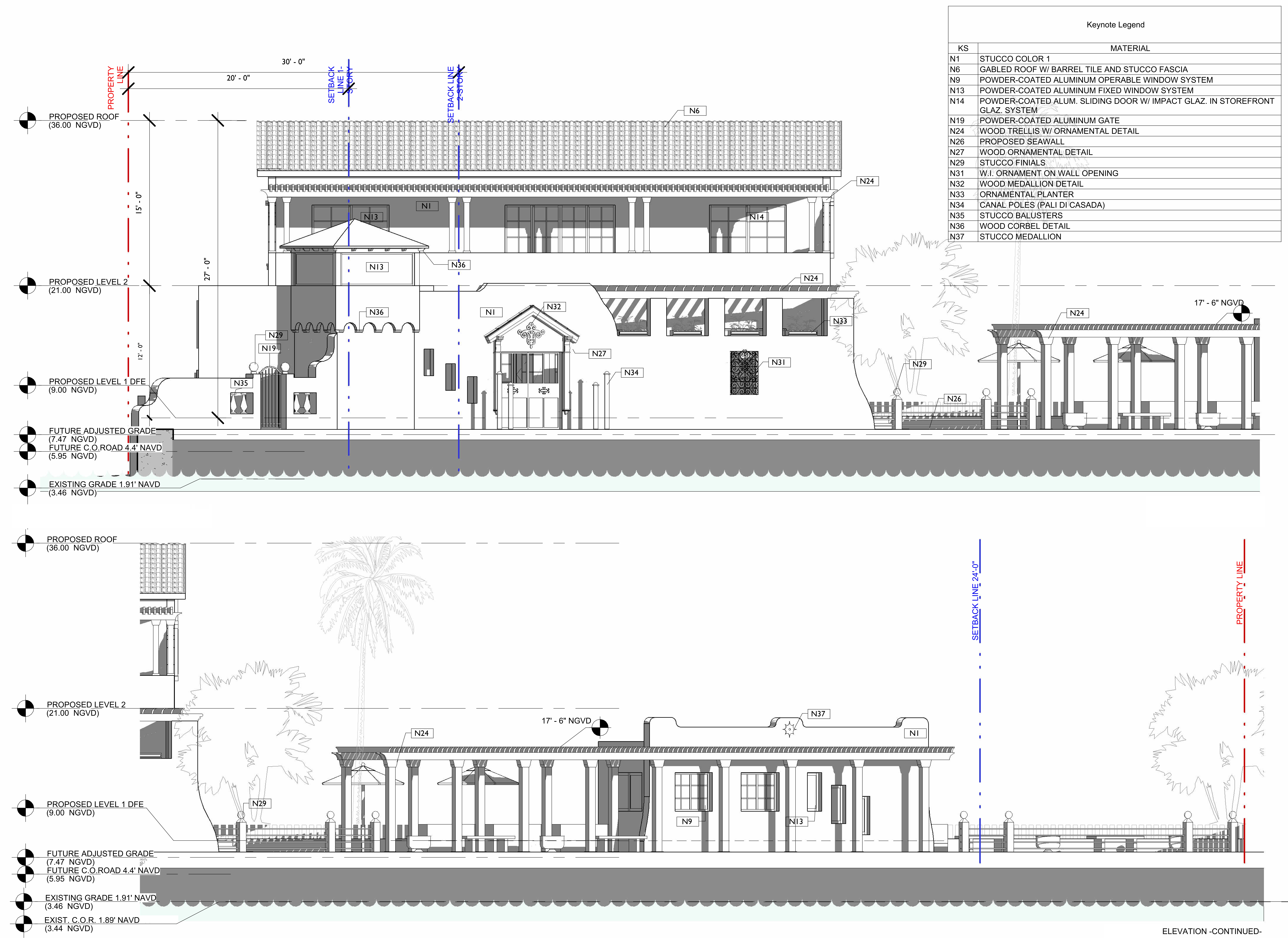
Miami, FL
year: 2023
role: conceptualization, design, rendering, rendering post-production, modeling, historic research, zoning
year: 2023
role: conceptualization, design, rendering, rendering post-production, modeling, historic research, zoning
Originally built in the 1920’s, this home was slated for demolition due to years of misuse, rising tides and structural dilapidation.
The proposed design employs multiple elements of the historic design that make this property one of the most unique in the city. This structure was widely publicized in its time in tinted postcards and atmospheric photographs depicting its Venetian-style canal front, complete with gondolas. Its venetian-inspired public elements and open courtyard have been retained and considerately enhanced, including the iconic three punch hole arched openings and its Mediterranean and Venetian
inspired profiles, reveals and scrolls. A comparison of the drawings of the proposed home and available imagery of the existing structures demonstrate the care under which the facades and courtyard spaces have been designed.
The proposed reconstruction respects the design intent of the neighboring structures, while being significantly raised in elevation. The proposed house is not bound by setbacks imposed by current development regulations. This variance is necessary to reconstruct the property in the highest possible fidelity.
The original house was designed by Shultz and Weaver, architects of Miami’s Freedom Tower, Biltmore Hotel, and the original Roney Plaza Hotel. The firm was renowned in New York in its period, known for providing extravagantly detailed drawings and renderings. The neighborhood in which this house is proposed was designated as a Historic District in 1999 for its embodiment of the distinctive characteristics of its historical period, architecture, design style and construction methods. The area is recognized for its association with events that have significantly contributed to the history of the city. The historic district stands as a testament to rapid development, particularly during the city’s initial major land development period from 1915 to 1926. Moreover, the area holds significance in its connection to two of the city’s earliest pioneers. The architectural styles prevalent in the neighborhood mirror those of the 1920s, encompassing ten distinct styles ranging from Mediterranean Revival to Med/Deco Transitional, Streamline Moderne, and eventually Post WWII Modern and Garden Apartment Styles. In essence, the neighborhood possesses high artistic value and historical significance, warranting its designation as a Historic District and the need for its preservation.
The proposed reconstruction respects the design intent of the neighboring structures, while being significantly raised in elevation. The proposed house is not bound by setbacks imposed by current development regulations. This variance is necessary to reconstruct the property in the highest possible fidelity.
The original house was designed by Shultz and Weaver, architects of Miami’s Freedom Tower, Biltmore Hotel, and the original Roney Plaza Hotel. The firm was renowned in New York in its period, known for providing extravagantly detailed drawings and renderings. The neighborhood in which this house is proposed was designated as a Historic District in 1999 for its embodiment of the distinctive characteristics of its historical period, architecture, design style and construction methods. The area is recognized for its association with events that have significantly contributed to the history of the city. The historic district stands as a testament to rapid development, particularly during the city’s initial major land development period from 1915 to 1926. Moreover, the area holds significance in its connection to two of the city’s earliest pioneers. The architectural styles prevalent in the neighborhood mirror those of the 1920s, encompassing ten distinct styles ranging from Mediterranean Revival to Med/Deco Transitional, Streamline Moderne, and eventually Post WWII Modern and Garden Apartment Styles. In essence, the neighborhood possesses high artistic value and historical significance, warranting its designation as a Historic District and the need for its preservation.